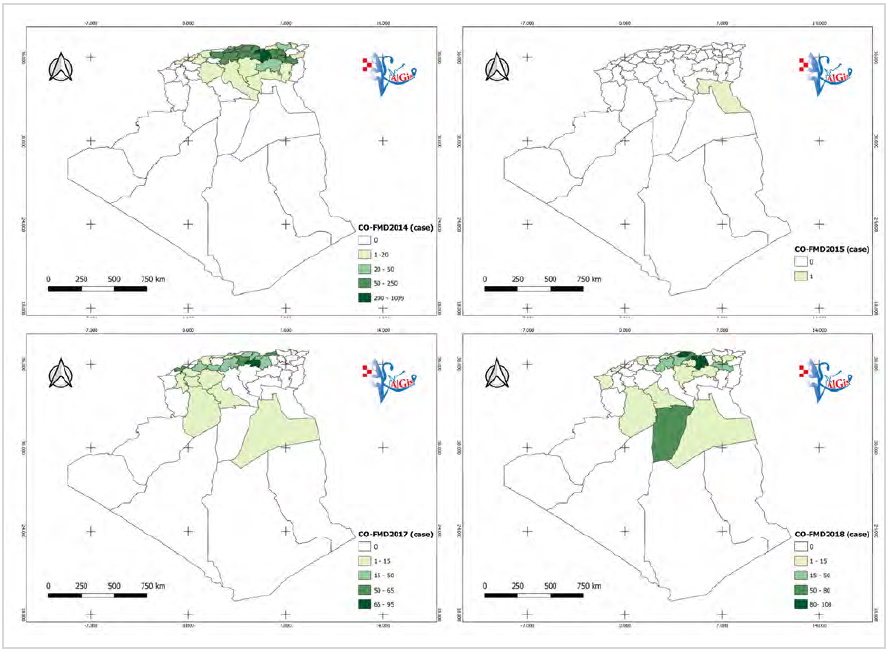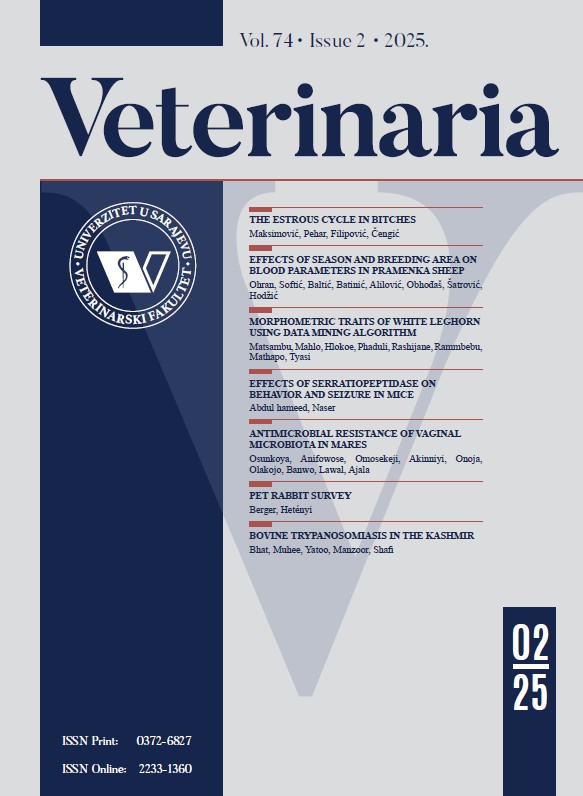The effects of oral serratiopeptidase administration on motor activity, exploratory behavior, and seizure susceptibility in mice
DOI:
https://doi.org/10.51607/22331360.2025.74.2.168Keywords:
Convulsion, open field test, mice, pilocarpine, serratiopeptidaseAbstract
This study investigated the effects of orally administered serratiopeptidase on motor activity, coordination, exploratory behavior and anticonvulsant potential against pilocarpine induced seizure model in mice. Male Swiss albino mice (n=8per group) at doses of 5, 10, and 20 mg/kg via oral gavage for a period of 15 days. A control group received an equivalent volume of distilled water. Motor activity was assessed using the open field test, with horizontal activity (number of squares crossed) and vertical activity (number of rearing) were recorded. Motor coordination and exploratory behavior were evaluated using negative geotaxis and a head-pocking test. Then mice were intraperitoneally administered with (200mg/kg) of pilocarpine. The onset of convulsion, number of convulsions and survival rate were assessed. Diazepam (1mg/kg) served as positive control. The results demonstrated an increase in both horizontal and vertical activity in all serratiopeptidase-treated groups compared to the control group. Improvements were also observed in negative geotaxis and head-pocking tests, suggesting enhanced motor coordination and exploration. Serratiopeptidase significantly delayed the onset of convulsions and reduced the number of seizures compared to the negative control. The 10 and 20 mg/kg doses of serratiopeptidase demonstrated comparable efficacy to diazepam in reducing seizure severity and improving survival. These findings suggest that oral suggest that oral administration of serratiopeptidase may positively modulate motor function in mice, furthermore serratiopeptidase possesses anticonvulsant properties and may be a potential therapeutic agent for seizure disorder. Further investigation is warranted to elucidate the exact mechanism of action and to explore the translational relevance of these findings.

Downloads
Published
How to Cite
Issue
Section
License
Copyright (c) 2025 Younes Masoud Abdul hameed , Ahmed Naser

This work is licensed under a Creative Commons Attribution 4.0 International License.







